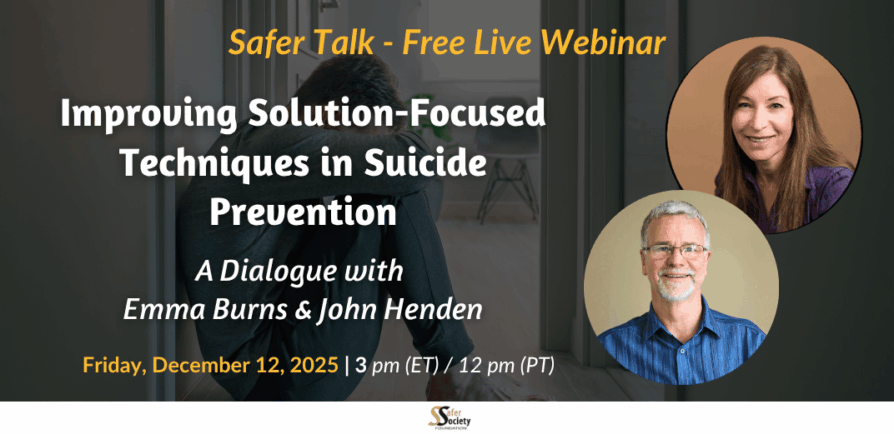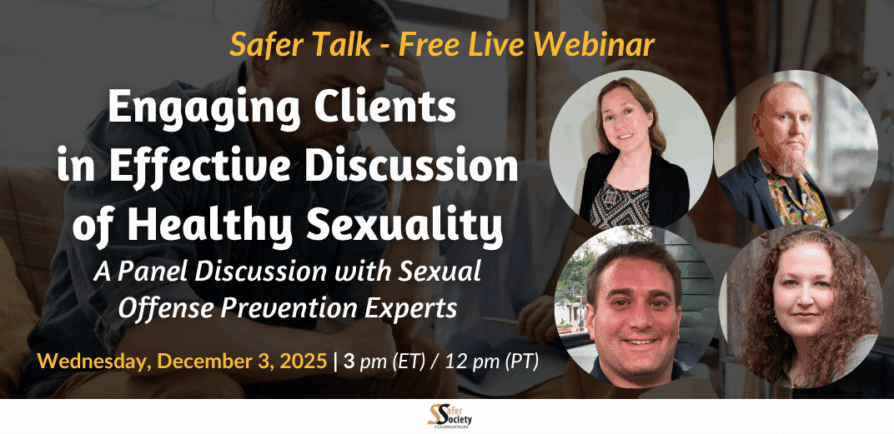Understanding Child Sexual Grooming – Part 3: Empowering Prevention and Collaborative Responses
In the first part of this blog series on child sexual grooming, we focused on uncovering and dispelling myths surrounding grooming, highlighting the ways families …
Clients’ Personal Histories – Collecting Helpful Information
Client self-disclosure of personal history is essential to assessment, treatment, and the development of effective plans for preventing further harm to others. Steven Sawyer, MSSW, LICSW, ATSA-F developed this training to offer methods for helping clients to explore their life experiences, including the use of a structured workbook called Your Personal History.









